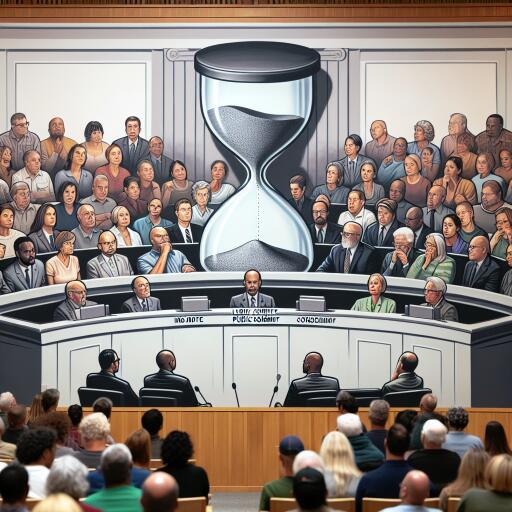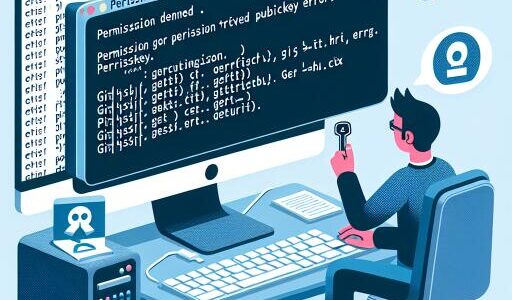Breaking News: Salt Lake City Council to Revise Public Comment Rules Amid Controversy
In a recent move that has stirred considerable debate among citizens and activists alike, the Salt Lake City Council is on the verge of instituting significant changes to the structure of public comment periods during their meetings. This shift comes at a time when civic engagement and public discourse have reached a pivotal point in the city’s democratic process.
The forthcoming resolution aimed at altering the public interaction framework was inserted into the docket rather abruptly, barely giving residents and stakeholders any time to prepare or offer feedback. Scheduled for a vote on Tuesday evening, the council’s approach has been met with a mix of skepticism and concern, as the specifics of the amendments remain largely under wraps until their potential enactment.
The essence of these adjustments seems to point towards a streamlining effort – aimed at managing the increasingly complex and time-consuming engagement sessions that have characterized recent council meetings. The proposition, albeit still cloaked in ambiguity, hints at possibly limiting the duration and frequency of comment periods available to the public.
Victoria Petro, the council Chair, justified the rush, citing the legislative prerogative to manage time effectively amidst a flurry of impending city projects. However, this justification hasn’t quelled the concerns of those wary of diminishing platforms for public expression.
The urgency and manner of the proposed changes have ignited a discussion on the balance between operational efficiency and the fundamental right to public discourse. The council’s recent history of lengthy sessions, inundated by vocal campaigns on matters such as international conflicts and local policies, has ostensibly propelled this move towards reform.
Despite assurances from council members that communication avenues will remain open through various channels, the proposed overhaul raises questions about the future landscape of civic participation in Salt Lake City. With suggested measures including limiting the total time for public comments and altering the existing ‘first-come, first-served’ approach, the council’s strategy aims to redefine the mechanics of municipal governance in the face of a growing constituency.
Alejandro Puy, another council member, voiced his support for the revisions, emphasizing a vision for a safer and more structured public forum. Yet, details on what the final rules will entail and how they align with the principles of open government remain subject to the council’s forthcoming deliberations.
As the city stands on the brink of this contentious recalibration of public engagement norms, eyes are turned towards the council’s work session and subsequent meeting – moments that will undoubtedly shape the future of civic interaction in Utah’s capital.
Reflecting a broader conversation on governance, transparency, and the role of the citizen in the democratic process, Salt Lake City’s current quandary encapsulates the challenges and responsibilities of modern urban management. As the council navigates these turbulent waters, the outcome of their deliberations will likely serve as a landmark case study for municipalities nationwide grappling with similar issues.
The citizens and representatives of Salt Lake City find themselves at a crossroads, weighing the virtues of efficiency against the indispensable value of open and unfettered public discourse. The decisions made in the coming days could redefine the city’s democratic fabric for years to come.










